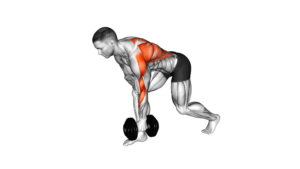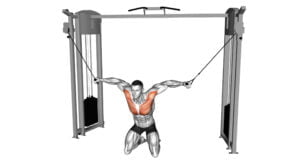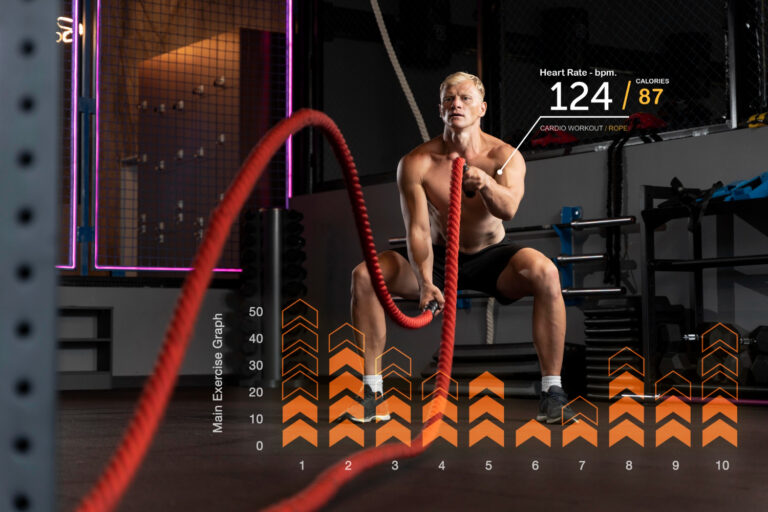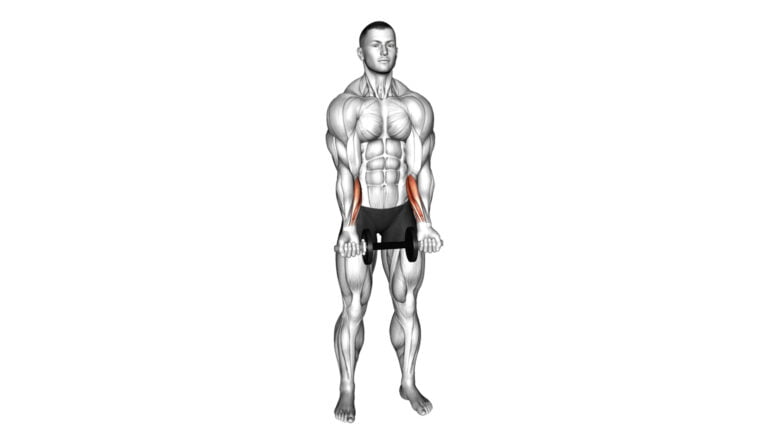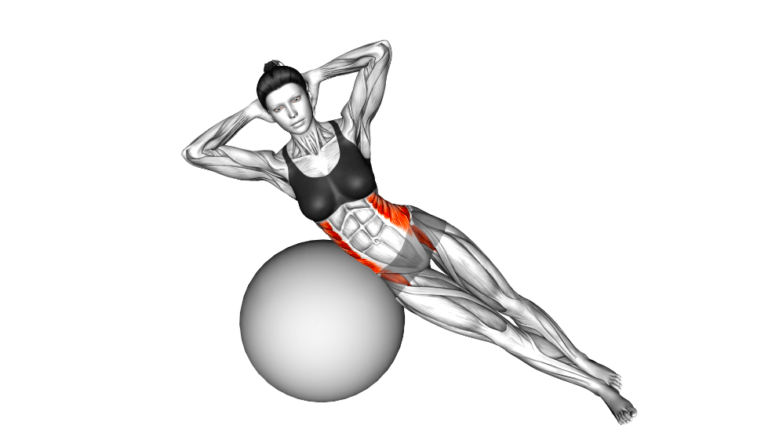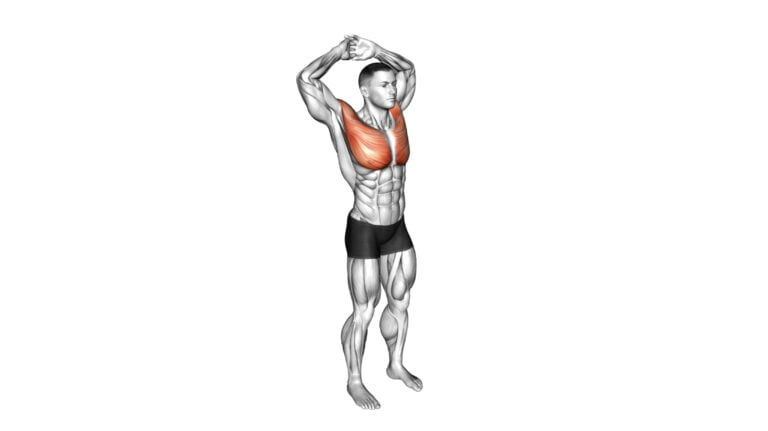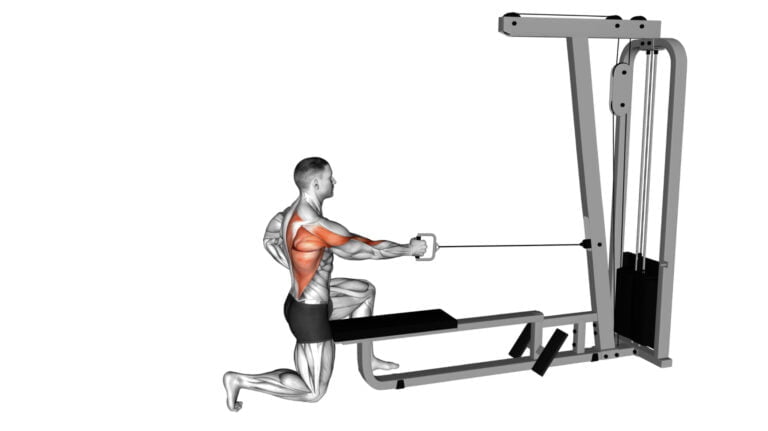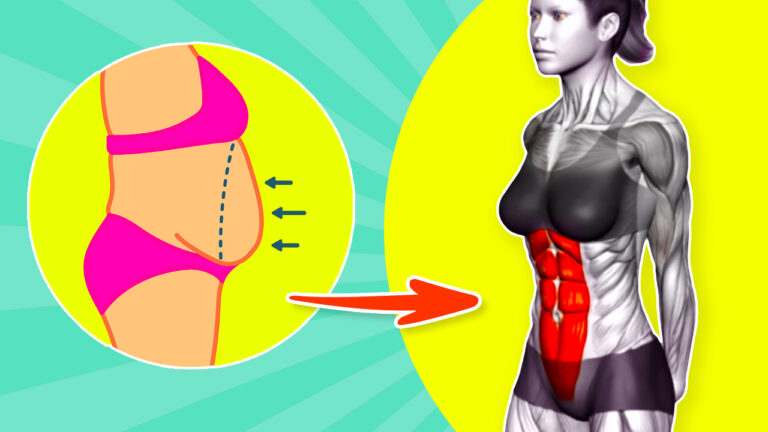7 Barbell Leg Exercises for Building Strong and Muscular Legs
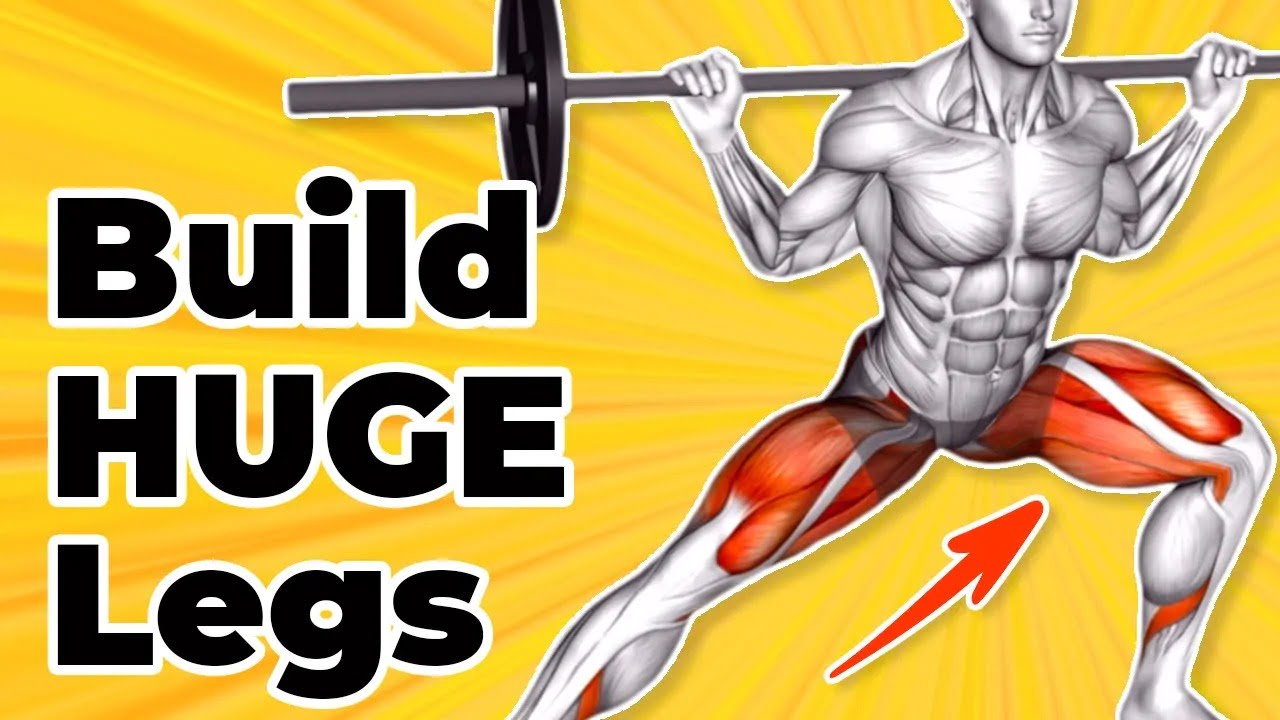
Watch 7 Leg Exercises With Barbell Video
Building muscular legs isn’t just about aesthetics; it’s a foundation of functional strength that supports a multitude of daily movements, from climbing stairs to lifting heavy objects.
With over a decade of experience as a certified personal trainer and strength coach, I’ve guided countless individuals towards achieving powerful lower bodies using time-tested barbell exercises.
These aren’t flashy new workouts you’ll find trending on social media; they are fundamental lifts that have forged the legacies of athletes and bodybuilders alike.
Diving into the realm of barbell leg exercises unveils an opportunity not just for building mass but also for improving overall body composition, coordination, and athleticism. This article doesn’t highlight every exercise under the sun—instead, we’ll focus on seven proven movements that offer maximum results when done right.
Master these techniques patiently with proper form—your path to monumental leg gains starts here! Keep reading; stronger legs await!
Key Takeaways
- Barbell leg exercises like squats, lunges, and deadlifts target multiple muscle groups in the legs for comprehensive strength building.
- Proper warm – up, stretching, correct body positioning, and having a spotter are essential for safety and effectiveness when performing these exercises.
- Starting with light weights or an empty barbell helps in mastering form before gradually adding more weight to prevent injury.
- Building strong legs with these exercises not only improves athletic performance but also aids in daily activities by enhancing balance and coordination.
- Adjusting weight and reps according to individual strength levels is key for progressive muscle growth and overall fitness.
Importance of Strong Legs
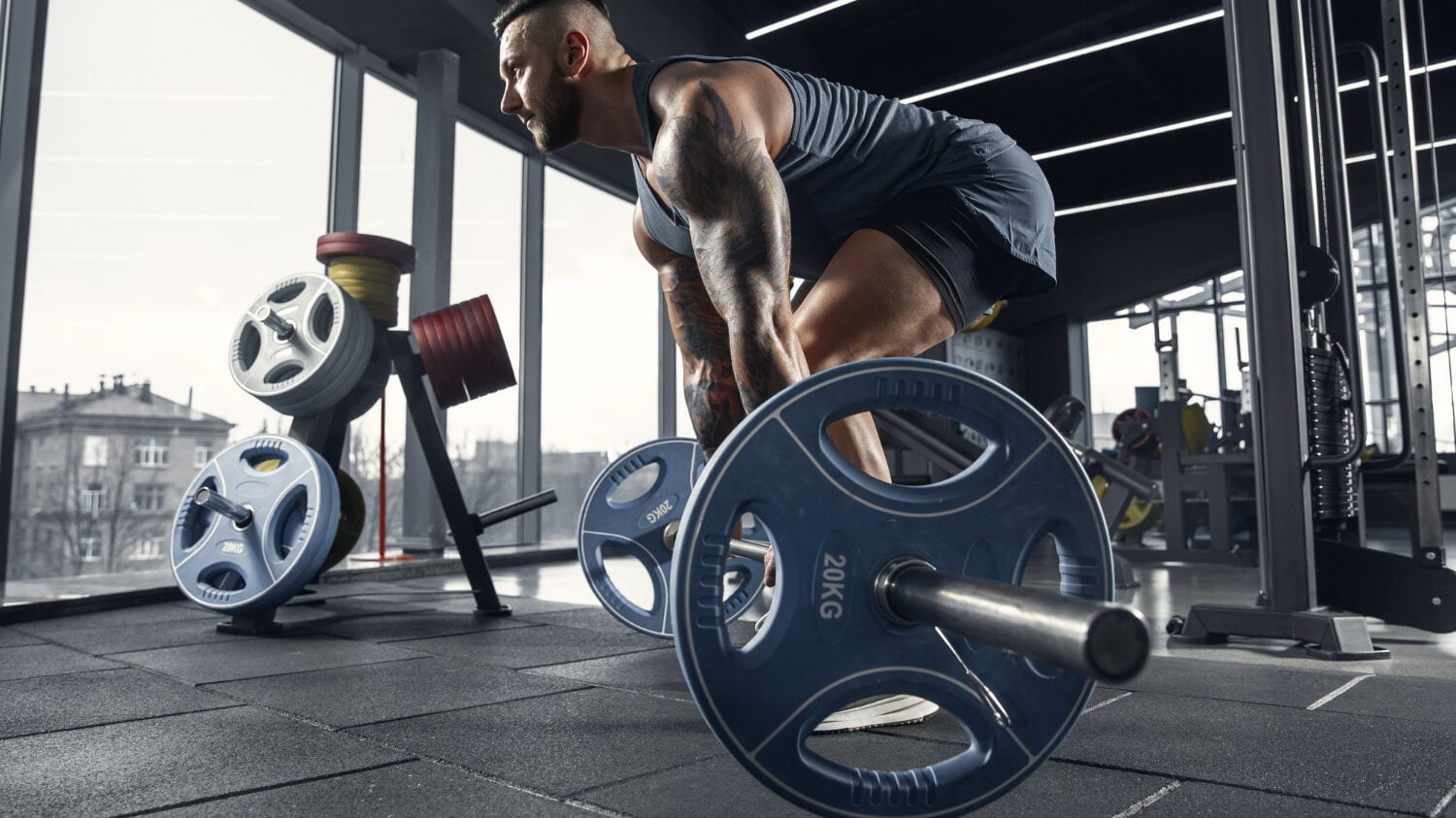
Strong legs are essential for overall body strength and stability, as well as for performing daily activities with ease. From walking and running to lifting heavy objects, our legs play a crucial role in helping us move and function effectively.
Benefits of strong legs
Building strong legs is not just about looking good; it’s a foundation for a healthy, active lifestyle. Leg strength is vital for everything from walking to high-intensity sports.
- Strong legs help maintain balance and coordination, making daily tasks easier and reducing the risk of falls.
- They support your body, allowing you to move more efficiently while performing activities like climbing stairs or lifting heavy objects.
- Leg muscles play a key role in stabilizing your knee and hip joints, which can prevent painful injuries that might otherwise sideline you from your favorite activities.
- With powerful leg muscles, athletes find they can jump higher, run faster, and push harder in almost every sport.
- Strength training for the legs stimulates hormone production, which can lead to increases in muscle mass and overall body strength.
- Engaging your leg muscles boosts core activation, helping to protect your lower back from strain and injury.
- Developing muscular legs can enhance confidence as you notice improvements in performance and physique.
Role in daily activities
Beyond the benefits, strong legs serve as the foundation for almost all daily movements. From walking up a flight of stairs to lifting heavy grocery bags, leg strength plays a crucial role.
Well-trained muscles help keep your balance and coordination in check, which is essential for avoiding falls and mishaps. Whether you’re chasing after a bus or squatting down to pick something off the floor, powerful quads and hamstrings make these tasks easier.
Engaging in regular barbell exercises such as back squats or Romanian deadlifts can significantly improve your ability to perform these activities with ease. Think about how often you rely on your lower body’s power: pushing yourself up from a chair relies on your glutes; stabilizing yourself while standing on tiptoes calls upon the calves; even activities like rock climbing engage everything from your hips to flexors.
Strengthening these muscles means enhancing not just sports performance but also everyday functional fitness that keeps life moving smoothly.
Top Barbell Exercises for Leg Strength
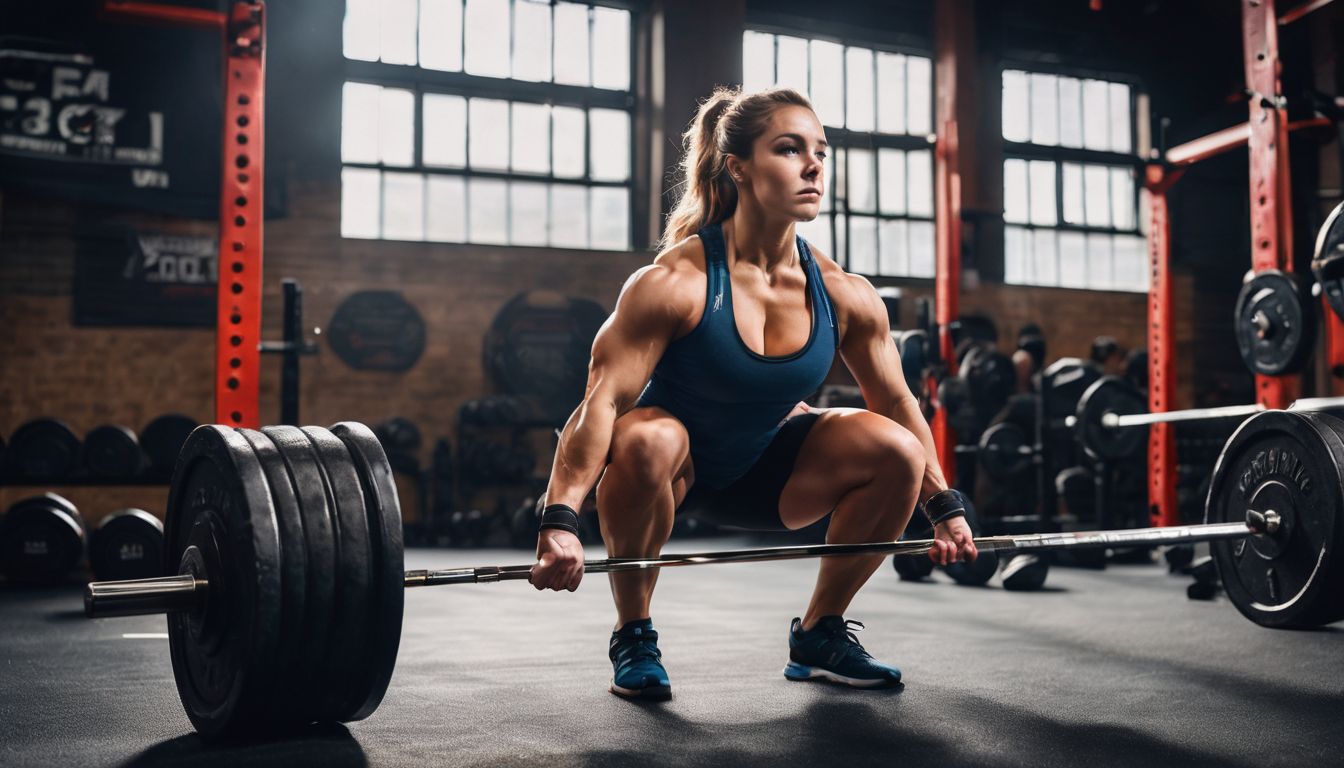
– The top barbell exercises for leg strength include the barbell full squat, clean-grip front squat, lunge, side split squat, one leg squat, deadlift, and floor calf raise. These exercises target various muscles in the legs and are essential for building strong and muscular lower body.
1. Barbell Full Squat
Barbell Full Squats stand at the core of leg strengthening routines. Grip the barbell snugly, positioning it on your upper back, not your neck. Plant your feet shoulder-width apart to provide a stable base.
Keep your chest up and back straight as you lower into the squat, bending at the knees and hips until your thighs are parallel with the floor or lower if flexibility allows.
Drive through your heels to return to standing, engaging glute muscles and maintaining a tight core throughout the movement. This exercise targets not just your quadriceps but also hits hamstrings, calves, and lower back for an all-encompassing workout.
Master these before moving onto variations like Barbell Clean-grip Front Squat to further challenge different muscles in your legs.
2. Barbell Clean-grip Front Squat
Transitioning from the Barbell Full Squat, another excellent barbell leg exercise for building lower body strength is the Barbell Clean-grip Front Squat. This compound movement primarily targets the quadriceps, glutes, and core muscles.
With the bar gripped across the front shoulders and elbows lifted high, this exercise emphasizes posture and stability while promoting overall leg strength.
To perform a Barbell Clean-grip Front Squat, stand with your feet shoulder-width apart, lift the bar onto your clean grip at shoulder height with elbows pointing forwards. Keeping your chest up and core engaged, lower into a deep squat position while maintaining an upright torso.
3. Barbell Lunge
Barbell lunges are essential for developing leg strength and muscle mass. This exercise targets the quadriceps, hamstrings, glutes, and calves simultaneously, making it a highly efficient compound movement.
The barbell lunge also helps improve balance and stability by engaging the core muscles throughout the movement. Proper form is crucial to avoid injury; ensure that knees remain aligned with the ankles during each step forward or backward.
By incorporating barbell lunges into your workout routine, you can effectively build lower body strength while also enhancing overall stability and coordination.
4. Barbell Side Split Squat
Now, moving on to another effective barbell leg exercise, the barbell side split squat. When incorporating this exercise into your routine, it’s important to assess your strength and abilities to select an appropriate barbell weight.
Perfecting form before adding additional tension is crucial for maximizing the benefits of side split squats. This exercise helps build lower-body strength and corrects muscular imbalances, making it a valuable addition to any leg workout regimen.
Furthermore, utilizing a barbell for side split squats can contribute to increased strength, mobility, and flexibility while jump-starting the release of essential hormones such as cortisol and testosterone.
5. Barbell One Leg Squat
Transitioning from the Barbell Side Split Squat, another excellent addition to your leg workout routine is the Barbell One Leg Squat. This compound exercise targets individual legs, promoting balance and strength simultaneously.
Performing the Barbell One Leg Squat engages hip flexors, glutes, quadriceps, hamstrings, and calves all at once. With proper form and control, this exercise activates stabilizing muscles and enhances overall lower body strength.
Integrating this into your routine can effectively target imbalances between both legs while stimulating growth hormone release for improved muscle development.
6. Barbell Deadlift
The barbell deadlift is a compound exercise that targets several major muscle groups, including the glutes, hamstrings, and lower back. To perform this exercise correctly without risking injury, it’s crucial to maintain a flat back and engage the core muscles throughout the movement.
Starting with an empty barbell allows beginners to focus on mastering proper form before gradually adding more weight as strength and confidence improve.
Additionally, in order to prevent straining the back or shoulders during the deadlift, it’s vital to select an appropriate starting weight based on individual strength levels. This powerful exercise not only enhances overall lower body strength but also provides significant benefits for functional movements in daily activities.
7. Barbell Floor Calf Raise
The Barbell Floor Calf Raise is a targeted exercise focusing on strengthening the calf muscles. To perform this exercise, place a barbell across your lower thighs while lying on your back.
Then, push your hips upward off the floor using your toes and forefeet. This movement effectively engages the calf muscles in an isolated manner, helping to build lower body strength and correct muscular imbalances.
By incorporating Barbell Floor Calf Raises into a leg workout routine, individuals can enhance overall lower-body strength while also improving mobility and flexibility in the calves.
Benefits of Barbell Leg Exercises
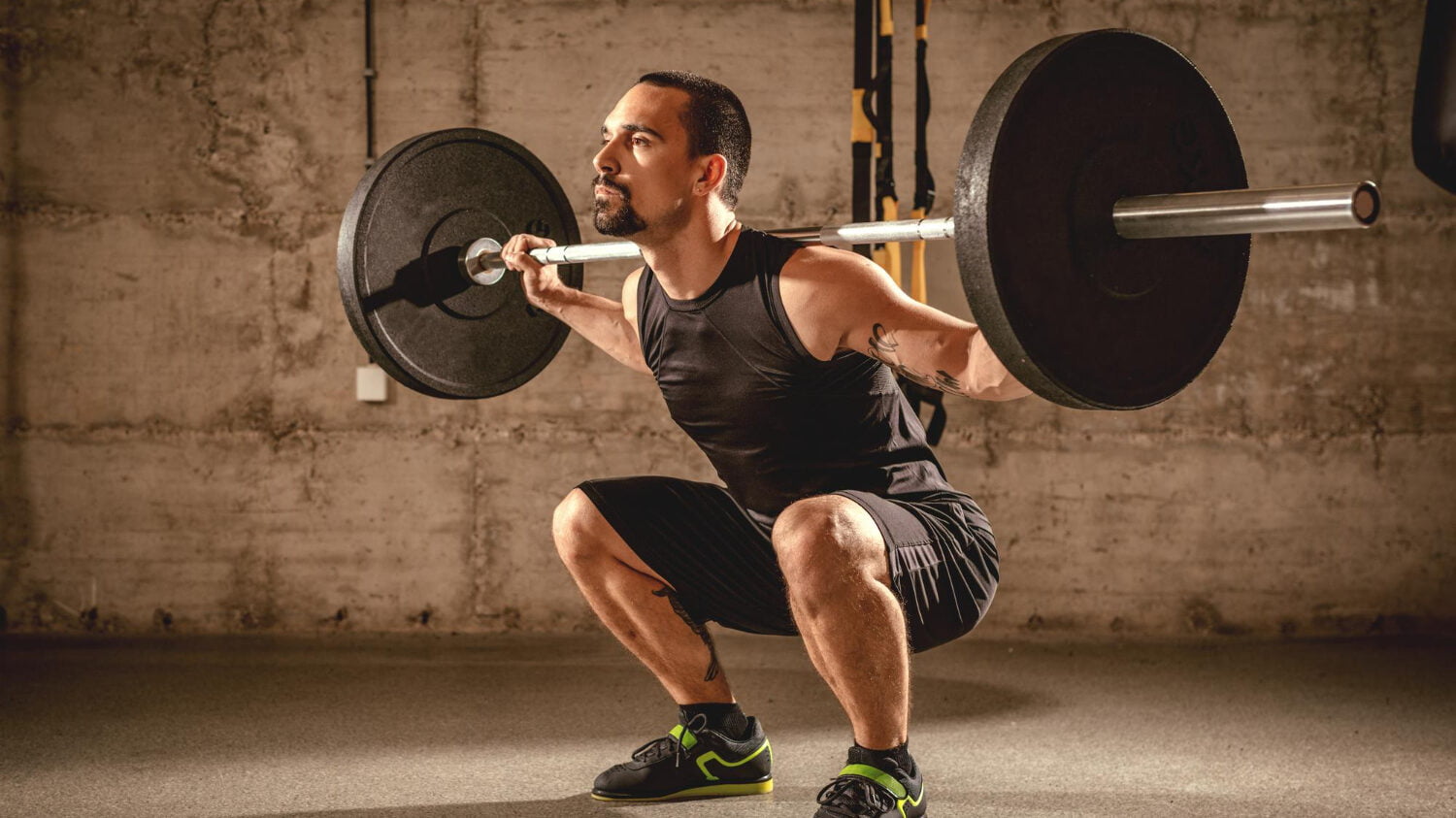
Barbell leg exercises provide increased strength and power, improved balance and stability, target multiple muscle groups, help prevent injury, and boost metabolism. To learn more about the benefits of these exercises, keep reading!
Increased strength and power
Building leg strength with barbell exercises can lead to increased overall strength and power. Engaging in these exercises activates large muscle groups, such as the quadriceps, hamstrings, and glutes.
As a result, you develop better stability and control during movements like squats and deadlifts. Strengthening these muscles also contributes to improved athletic performance through enhanced explosiveness and force production.
These key benefits directly translate to daily activities, making it easier to engage in activities that require lower body strength, such as climbing stairs or lifting heavy objects.
Improved balance and stability
Improved balance and stability can be achieved through regular barbell leg exercises. Strengthening the lower body muscles, including the calves, hamstrings, quadriceps, and glutes, plays a crucial role in enhancing overall stability and coordination.
This not only benefits athletic performance but also reduces the risk of falls and injuries in daily activities, making it easier to move with confidence and ease.
Developing strong legs contributes to better posture and reduces strain on other muscle groups when engaging in physical tasks. Incorporating these barbell leg exercises into your workout routine can lead to significant improvements in balance and stability while promoting functional strength for various movements like walking, running, or lifting objects.
Targets multiple muscle groups
Barbell leg exercises effectively engage various muscle groups, including the quadriceps, hamstrings, glutes, and calves. This comprehensive approach ensures a well-rounded lower body workout while aiding in overall strength and stability.
Working with barbells allows for compound movements that activate multiple muscles simultaneously, promoting balanced muscular development across the legs.
Engaging different muscle groups concurrently during barbell leg exercises maximizes efficiency and helps build strength evenly throughout the lower body. By targeting multiple muscles at once, these exercises contribute to enhanced functional fitness and improved athletic performance.
Helps prevent injury
Strengthening leg muscles through barbell exercises helps to prevent injuries by enhancing stability and balance. Utilizing body weight as a guide before adding additional tension allows individuals to perfect their form, which is crucial for injury prevention.
It’s also important to start with an empty barbell to become comfortable with movements and ensure proper technique, reducing the risk of strain or injury.
Evaluating one’s own strength and abilities is vital in preventing injury during barbell leg exercises. By focusing on strengthening the lower body, individuals can maintain better balance and coordination while performing daily activities, leading to a reduced risk of falls and other related injuries.
Boosts metabolism
To sustain a right level of energy in our bodies, it is important to optimize metabolism. Incorporating leg workouts can jump start the release of hormones such as cortisol and testosterone, boosting metabolism.
This enhanced metabolic rate aids in burning calories more efficiently throughout the day. Moreover, the muscle growth and repair processes post-exercise further contribute to a continuous increase in metabolic activity over time.
The medley of barbell leg exercises not only develops strength but also revs up your body’s calorie-burning engine. By incorporating these compound movements into your routine, you can enjoy an added advantage when it comes to keeping your metabolism firing on all cylinders.
Tips for Proper Form and Safety

Proper warm-up and stretching are essential before performing barbell leg exercises to prevent injury and improve flexibility, so make sure to read on for more tips on how to safely and effectively incorporate these exercises into your workout routine.
Warm-up and stretching
Before diving into barbell leg exercises, it’s crucial to start with a proper warm-up and stretching routine. Begin with 5-10 minutes of light cardio, such as brisk walking or cycling, to increase blood flow to the muscles.
Follow this up with dynamic stretches like leg swings and lunges to improve flexibility and range of motion in the hips, hamstrings, and quadriceps. Incorporating these warm-up activities helps prepare your body for the upcoming workout by reducing the risk of injury and improving overall performance.
Remember that warming up can also help mentally prepare you for the workout ahead.
It is essential to integrate static stretching post-workout to aid in muscle recovery and prevent tightness. Targeting major leg muscles like the calves, hamstrings, quads, adductors (inner thigh), and abductors (outer hip) will enhance flexibility over time.
Correct body positioning
Maintain proper form by keeping your back straight, chest up, and feet shoulder-width apart during barbell exercises. Engage your core for stability and ensure that your knees align with your toes to avoid unnecessary strain.
Focus on maintaining control throughout the entire range of motion to maximize effectiveness and reduce the risk of injury.
Evaluate one’s own strength when selecting barbell weights to prevent potential injury or strain during these exercises while also using body weight as a guide before adding additional tension.
Starting with an empty barbell can help you get comfortable with the movement and perfect form before progressing to heavier weights. Remember, safety should always be a priority in any exercise routine.
Importance of a spotter
During barbell leg exercises, having a spotter is crucial for ensuring safety and proper form. A spotter can provide assistance when lifting heavier weights and offer support during challenging sets, reducing the risk of injury.
Additionally, having a spotter can boost confidence, providing peace of mind during intense workouts. In case of fatigue or failure during a set, a spotter’s guidance and support can prevent accidents and help maximize the effectiveness of the exercise.
Next, let’s explore tips for maintaining proper form and ensuring safety while performing barbell leg exercises.
Adjusting weight and reps
To adjust weight and reps, start with a comfortable amount of weight on the barbell. Gradually increase it as your strength improves, aiming for a moderate challenge without sacrificing proper form.
Lower body exercises may require 5-10 pounds increments, while upper body exercises might need 2-5 pounds increases. For muscle building, aim for 8-12 reps with a weight that makes the last few reps challenging.
For strength gains, focus on heavier weights and fewer reps in the range of 4-6.
Common mistakes to avoid
Weaknesses in the lower body while lifting weights can lead to serious injuries. It’s important to avoid these common mistakes when doing barbell leg exercises:
- Failing to evaluate one’s own strength and abilities, which increases the risk of injury.
- Not perfecting form before adding additional tension by using body weight as a guide, leading to improper muscle activation.
- Starting with too much weight on the barbell without getting comfortable with the movement and proper form, risking strains and sprains.
- Neglecting to experiment with adding weight to the barbell for proper progression, hindering strength and muscle growth.
- Overlooking the importance of strengthening leg muscles for hormone stimulation and confidence, missing out on overall fitness benefits.
- Not recognizing the necessity of strong legs for preventing injuries and maintaining balance in daily activities, increasing susceptibility to accidents and falls.
Conclusion

In conclusion, mastering these barbell leg exercises is crucial for building strong and muscular legs. By implementing the provided strategies, readers can easily enhance their lower body strength and fitness.
The potential impact of incorporating these practical tips is significant as it can lead to improved physical performance and overall well-being. For further guidance on weight selection or proper form, seeking assistance from a certified trainer is highly recommended.
Remember, taking consistent action towards strengthening your legs will foster confidence and resilience in your fitness journey.
FAQs
1. What are the best barbell exercises for building leg muscles?
The best barbell exercises for legs include barbell back squats, front squats, conventional deadlifts, sumo deadlifts, and standing calf raises to work on different parts of your lower legs.
2. How do barbell squats help strengthen your legs?
Barbell squats target the upper thighs, buttocks, and pelvic areas by making you squat down under weight, which is great for powerlifting and bodybuilding.
3. Can I work on my calves with a barbell exercise?
Yes! You can perform standing or seated calf raises with a barbell to specifically target and build stronger lower leg muscles including your calves.
4. Are there specific leg workouts that also engage other muscle groups?
Certainly! Compound exercises like conventional deadlifts not only train your legs but also challenge your lats, delts, abdominal muscles, and triceps for overall strength.
5. Is it possible to isolate just one part of my legs using a barbell?
For sure – isolation exercises like hack squats focus more on flexing one area such as the quadriceps in the front of your thigh without involving other parts too much.
6. Should beginners use heavy weights when starting with these leg exercises?
Beginners should start light and gradually increase their weight as they become comfortable doing each exercise properly; this helps prevent injuries while engaging in weight training or olympic weightlifting.
Sources referenced in this article

Author
Years ago, the spark of my life’s passion ignited in my mind the moment I stepped into the local gym for the first time. The inaugural bead of perspiration, the initial endeavor, the very first surge of endorphins, and a sense of pride that washed over me post-workout marked the beginning of my deep-seated interest in strength sports, fitness, and sports nutrition. This very curiosity blossomed rapidly into a profound fascination, propelling me to earn a Master’s degree in Physical Education from the Academy of Physical Education in Krakow, followed by a Sports Manager diploma from the Jagiellonian University. My journey of growth led me to gain more specialized qualifications, such as being a certified personal trainer with a focus on sports dietetics, a lifeguard, and an instructor for wellness and corrective gymnastics. Theoretical knowledge paired seamlessly with practical experience, reinforcing my belief that the transformation of individuals under my guidance was also a reflection of my personal growth. This belief holds true even today. Each day, I strive to push the boundaries and explore new realms. These realms gently elevate me to greater heights. The unique combination of passion for my field and the continuous quest for growth fuels my drive to break new ground.






